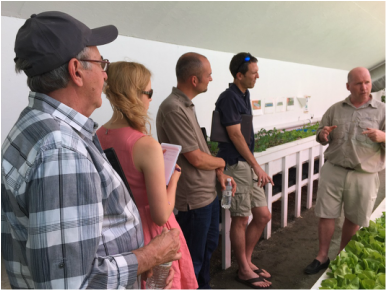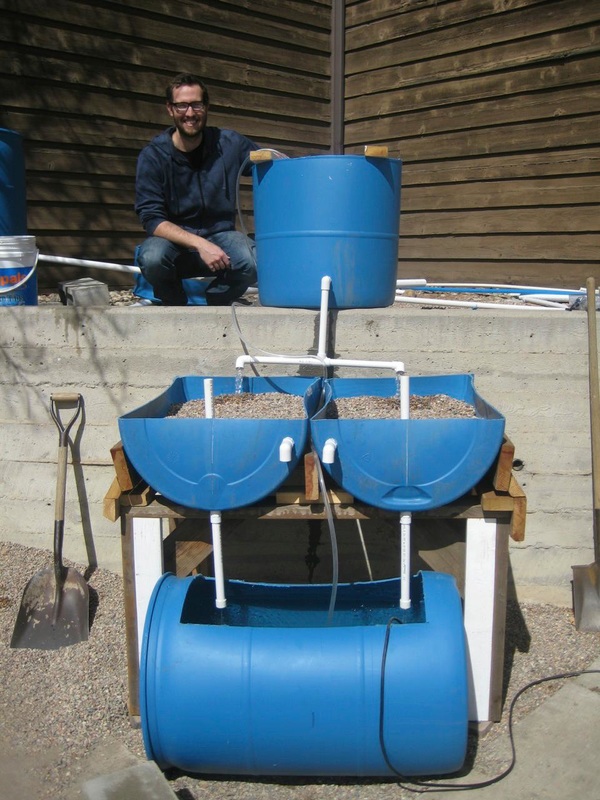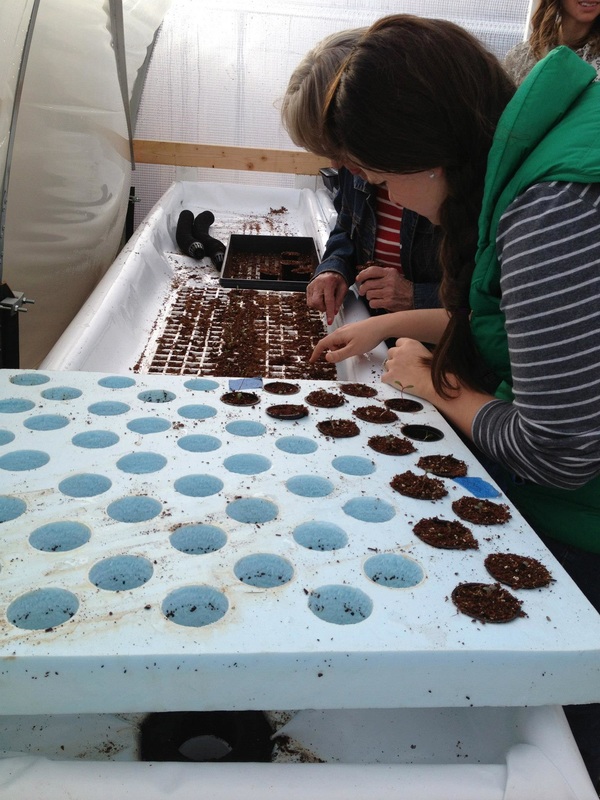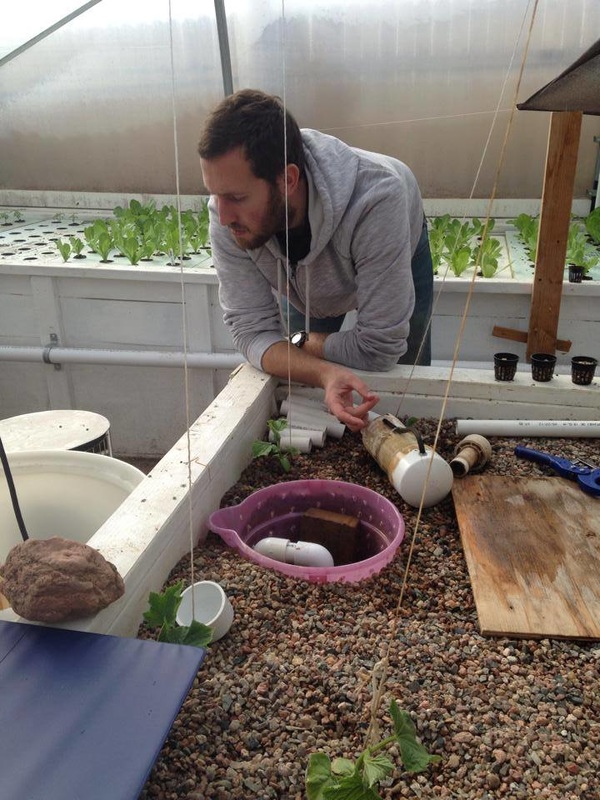|
The possibilities for utilizing Aquaponics for Business As Missions (BAM) are endless. The production of the plants requires harvesting time. However, the majority of the “work week” is comprised of minute daily maintenance, freeing missions-minded individuals to invest their time in relationships and the development of community. The harvesting of the crops also functions as a relational tool, as it provides a warm (literally) environment with a task that demands effortless attention. The product itself meets the basic need of every living organism; the production of wholesome, organically grown food, while the harvesting and dispersing of the plants is every bit relational as it is economical. There are two harmful pests that endanger the development of Aquaponics farms. The first is the presence of bugs, such as Aphids and other nasty leaf eating critters. The second is apathy. To combat the first, praying mantises and ladybugs are deployed into the field. As long as doors remain closed and the plants keep growing, both animal groups will self-regulate to a sustainable population that will help protect the development of the crops. To prevent the second, apathy, ownership for the farm and the mission of the operation must be cultivated and intentionally poured into every aspect of the business.
Business As Missions is powerful. It is a way to bridge the gap between meeting the spiritual and physical needs of people groups across the world. Colossians 3:23 encourages us that, “Whatever you do, work at it with all your heart, as working for the Lord, not for men.” Aquaponics is an example of a potent business model that addresses the growing need of worldwide hunger while simultaneously advancing The Kingdom. It is not a complicated processes to learn or manage an Aquaponics Farm, however it is a process that requires the heart and passion to step up to the front lines of the battle against hunger and teach individuals how to fish, rather than feeding them a fish for a day. The Kingdom workers who pour their hearts into each individual operation, not just the profitability of the operations themselves, define BAM. Focusing on the success of a business, with the mindset of serving The Lord, is an impactful decision that affects an indeterminate number of individuals. (Psalms 90:17) The difference between turning an empty stomach into a full one is as much a sign of love as verbally sharing the gospel or sitting down for an evening bible study. Watch the video: AQUAPONICS TOUR VIDEO - GEN Desk Intern
0 Comments
-GEN Desk Intern
 Touring the Aquaponics Facility in Colorado Springs. Touring the Aquaponics Facility in Colorado Springs. There’s an interesting sensation that an individual feels when exposed to a possibility that is exhilarating, feasible, and personal. This sensation was shared between each of us touring the YWAM Aquaponics facility in Colorado Springs on a warm Friday afternoon in the middle of June. Youth With A Mission, commonly known as YWAM, is an international, non-denominational Christian Organization with 18,000 kingdom workers strategically placed in 1,100 locations in over 180 nations.[1] The Aquaponics Farm in Colorado Springs is an YWAM initiative that seeks to mobilize and empower citizens to produce naturally grown plants and vegetables. The idea for the plant originated after Loren Cunningham, founder of YWAM, encouraged YWAMers to innovatively discover sustainable ways to operate bases, with an emphasis on utilizing food production to create lasting stability. (Genesis 2:15) The individuals in charge of the Colorado “Emerge” Operations designed their Aquaponics plant to meet the nutritional needs of the state and to develop a model that may be utilized across nations. The business mission of the Colorado Springs Aquaponics Farm is to produce a local commercial product and to generate profit that assists the community and decreases worker dependency on external aid. The leaders at the plant are driven to formulate a standard process of planting and operating Aquaponics Farms to provide profitable and self-sustaining aid among the nations. Watch the video: AQUAPONICS TOUR VIDEO |
Categories
All
Archives
March 2020
|



 RSS Feed
RSS Feed
